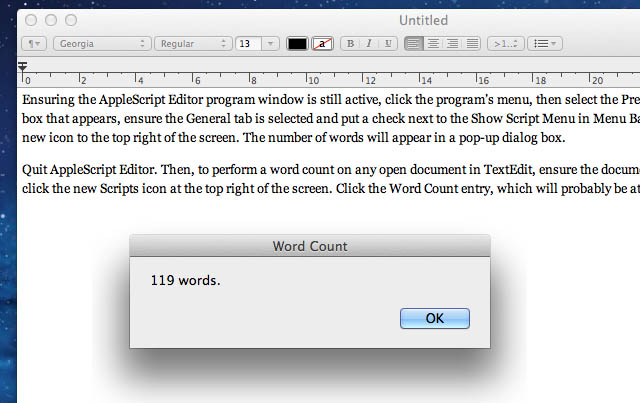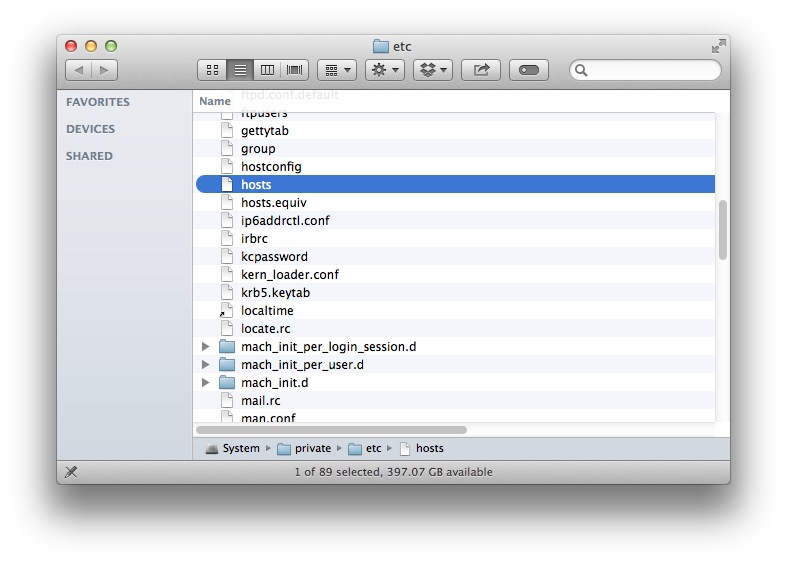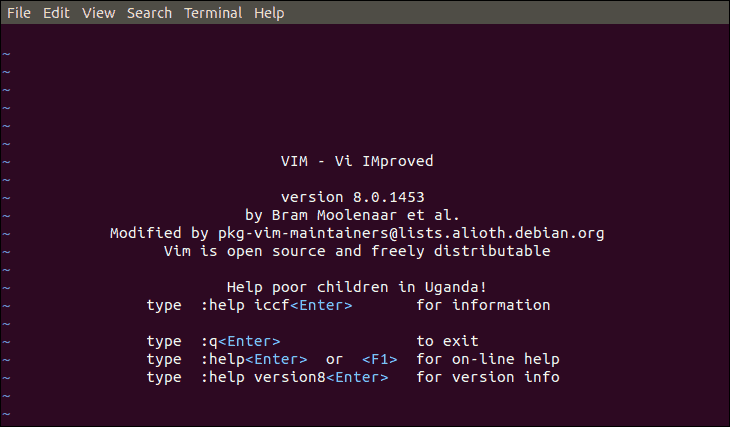
- How to open text editor in mac terminal how to#
- How to open text editor in mac terminal for mac os x#
- How to open text editor in mac terminal install#
- How to open text editor in mac terminal android#
- How to open text editor in mac terminal code#
Step 5: So whenever you want to use terminal press alt+1 and to close terminal type exit in the terminal and hit enter.
How to open text editor in mac terminal code#
Note: The above code is for Linux users for Windows users you have to enter “cmd.exe” in place of “bash”, also here we kept the shortcut key as “alt+1” you can use your own key. Now paste this code in the Default sublime Keymap Section and save it: [ Step 4: Now go to Preferences >Package Settings > Terminus > Key Bindings Note: The above code is for Linux users for Windows users you have to enter “cmd.exe” in place of “bash” Now paste this code in the Default sublime Commands Section [ You will need to type nano in conjunction with the filename of the program you wish to modify. The file’s location must be found in the directory it is located in. Step 3: Now go to Preferences >Package Settings > Terminus > Command Palette How Do I Open And Edit A File In Terminal If you need to edit any configure file, simply type Ctrl+Alt+T to open the Terminal window. Open a text-based file using the text editor: Note that the file pathway is also fundamental here. Wait for it to Complete installation and Restart sublime text. Double click Terminal in the left sidebar to open your Mac’s Terminal.
How to open text editor in mac terminal how to#
How to Delete a File or Folder using CMD?.
How to open text editor in mac terminal install#
How to Install Oracle Database 11g on Windows?.How to Recover a Deleted File in Linux?.For example, it is a very easy to use, has features that allow for folding and syntax highlighting and it has a very high level of customization.
How to open text editor in mac terminal for mac os x#
This is one of the most popular text editors for Mac OS X 10.15 and the reason is very simple it has a lot of very useful features.
How to open text editor in mac terminal android#


If you dont have text selected it, will run the text on the line where your cursor is then proceed to the next line. If you have text selected, it will insert your selected text into the active terminal and run it.


Right-click the Notepad app, then click Run as administrator.Click the Windows button and type “notepad.” Let the search feature find the Notepad application.You’ll need administrator privileges for this operation. For that, you’ll need the Terminal app to access the command-line on. How to Edit Hosts File in Windows Step 1: Open Notepad as an Administrator While using a Mac, sometimes you need to dig deep into settings or perhaps pull off some developer-grade command-line tasks. For the hosts:setting, change the entry so that filesis at the beginning of the entry, and dnsis at the end. If for some reason DNS is listed first, open the file in your text editor: sudo vim /etc/nf Make sure that the right-hand column lists filesfirst. For example, sudo nano /etc/hosts will open the hosts file with root access. When finished, press Control + O to save, then Control + X to quit nano. You can then edit the document from within Terminal. About halfway down, there should be an entry labeled “ hosts”. To use it with root privileges, just enter sudo nano followed by a space and the file path to your text document.


 0 kommentar(er)
0 kommentar(er)
